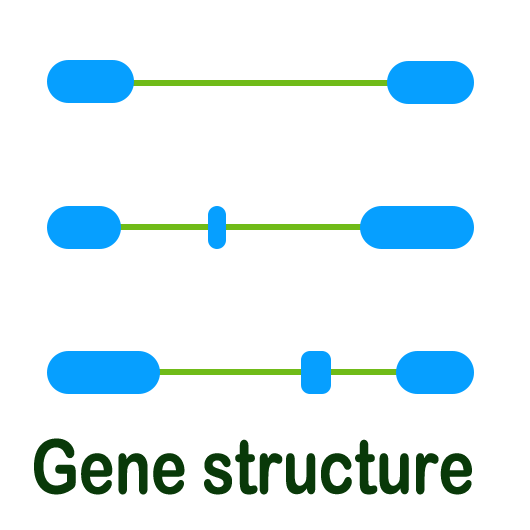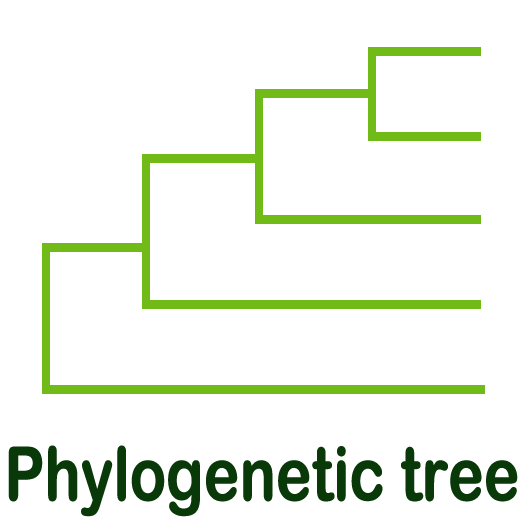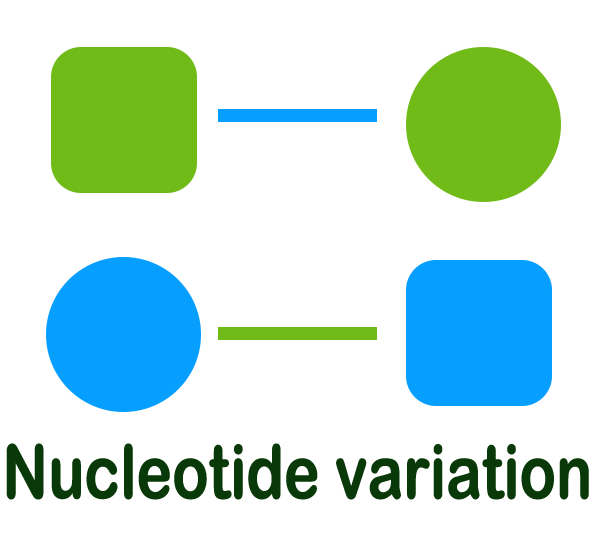TWGFD
The Tetraploid Wheat Gene Family Database
Welcome to MAPK !
The mitogen-activated protein kinase (MAPK) signaling cascade has emerged as a universal signal transduction module that connects diverse receptors/sensors to cellular and nuclear responses in eukaryotes. MAPK signaling modules are evolutionarily conserved in eukaryotes, including yeasts, animals, and plants. The classical MAPK signaling cascade is minimally composed of three kinases, namely, MAPK, MAPK kinase (MAPKK), and MAPKK kinase (MAPKKK). These kinases operate as sequential signal transducers that channel, integrate, and amplify information from the cellular environment to transcriptional and metabolic response centers via phosphorylation. MAPKs are activated by MAPKKs via the phosphorylation of conserved threonine and tyrosine residues in the Thr-X-Tyr (T-X-Y) motif that is located in the activation loop (T-loop) between the catalytic subdomains VII and VIII. MAPKKs, in turn, are activated by MAPKKKs when the serine and serine/threonine residues in the S/TXXXXXS/T motif are phosphorylated. In plants, MAPK cascades participate in numerous processes, including cell division, developmental programs, hormonal responses, and signaling responses to various forms of biotic and abiotic stress, such as pathogen infection, wounding, drought, salinity, UV irradiation, ozone, and reactive oxygen species (ROS). MAPK possessed conserved signature motifs of T(E/D)YVxTRWYRAPE(L/V).







